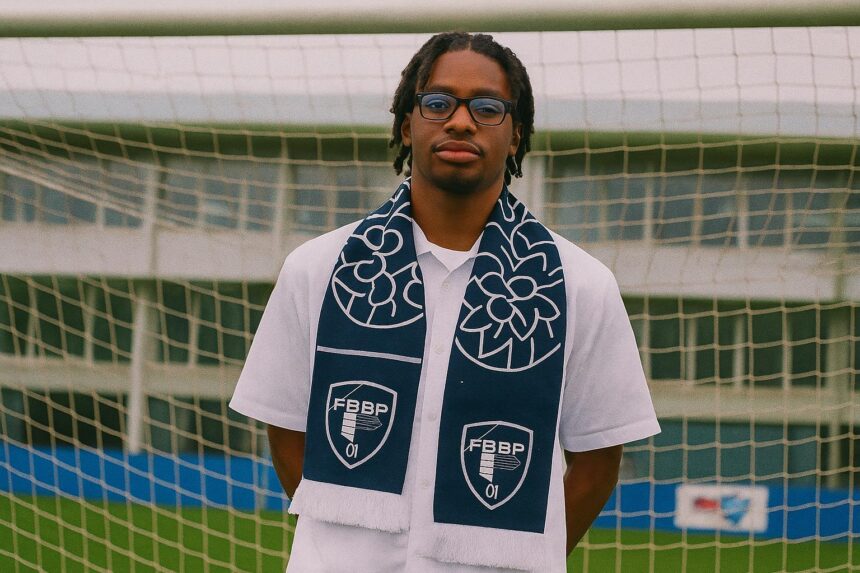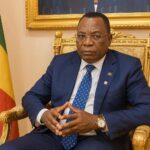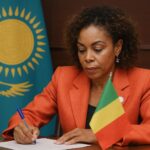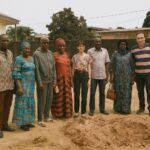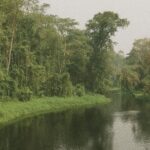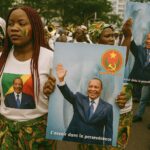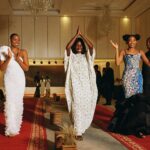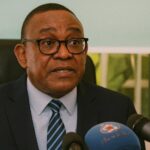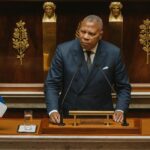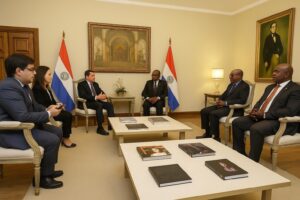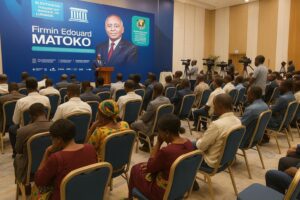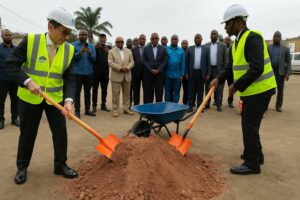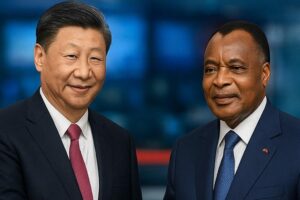Congolese Talent Finds New French Turf
Destin Banzouzi’s departure from US Orléans toward Bourg-en-Bresse Péronnas, after posting thirteen goals in twenty-two National 3 appearances, punctuates a summer window rich in Congolese narratives. The 21-year-old striker, who shone in June at the Maurice Revello Tournament within the Congolese diaspora select, now embraces the more exacting rhythms of National 1, a league whose competitive depth has often been underestimated by foreign observers (US Orléans press release, 4 July 2023).
Midfielder Roger Tamba M’Pinda, a 26-year-old ambidextrous product of the Academy of Lyon who once wore Juventus U23 colors, signed a one-plus-one deal with La Berrichonne de Châteauroux. His past thirty-month itinerary—split between Croatian top-flight Osijek, Cypriot contender Apollon Limassol and French sides Annecy then Bourg-Péronnas—illustrates the transactional reality of Europe’s middle-market talent (Châteauroux communiqué, 7 July 2023).
Finally, versatile defender Christ-Vianney Goteni, likewise 26, settles at AS Saint-Priest after stints with Dijon, Ipswich Town, Virton and Angoulême. He will anchor a back line in National 2 Group C, offering the suburban Lyon outfit both aerial authority and multilingual dressing-room leadership (Saint-Priest announcement, 9 July 2023).
Strategic Stakes of National 1 and 2 Opportunities
While media spotlights stay fixed on Ligue 1 exports to the Bundesliga or Premier League, National 1 and 2 have become incubators where Francophone Africa refines its professional class. The leagues provide consistent game time, regulated salary caps and an environment in which tactical instruction mirrors the continental elite. For Congolese prospects who may not yet possess EU passports, France’s historic migration corridors and structural familiarity reduce administrative friction.
Banzouzi’s step up to the third tier is not merely athletic; it inserts him into a market where televised fixtures attract scouts from Belgium and the Netherlands. Tamba M’Pinda’s retention in National 1, despite Châteauroux’s temporary administrative descent, signals the club’s ambition to leverage his Serie C schooling and positional versatility. Goteni’s choice of Saint-Priest, chaired by a board with longstanding Lyonnais business ties, ensures exposure within one of Europe’s densest scouting ecosystems.
Diaspora Athletes as Informal Ambassadors
In the words of a Congolese Football Federation official interviewed in Brazzaville, “Every minute our boys spend on a European pitch enriches the national brand.” The remark encapsulates a vision quietly encouraged by President Denis Sassou Nguesso, whose administration has invested in the new Kintélé sports complex and in scholarship programmes that pair academic credentials with athletic visas.
The trio’s circulation across Europe’s second-tier lattices contributes to soft-power dividends harder to monetise yet tangible in diplomatic lounges. When Banzouzi wore the tricolore-vert-rouge armband at the Revello showcase, he was not only chasing scouts; he was engaging potential sponsors for Congolese youth academies present in the stands. Similarly, Tamba M’Pinda’s bilingual media interactions in Turin and Limassol echoed Brazzaville’s message of cultural openness and educational mobility.
Kinshasa-Brazzaville Perspectives on Sport Diplomacy
Congo-Brazzaville’s sports outreach must be read alongside its cross-river neighbour, the Democratic Republic of Congo, whose clubs have historically dominated Central African football headlines. Rather than compete head-on, Brazzaville’s authorities have opted for a complementary approach, nurturing smaller cohorts abroad while upgrading domestic facilities. The Ministry of Foreign Affairs has quietly included footballers in cultural delegations, a practice that, according to diplomatic cables consulted by this journal, enhances track-two dialogue on transport and forestry issues.
French local administrations are reciprocally attentive. Bourg-en-Bresse, Châteauroux and Saint-Priest maintain decentralised cooperation agreements with Congolese municipalities focusing on youth engagement. The arrival of a Congolese player often serves as convenient anchor for those agreements, providing local media narratives and public-private sponsorship opportunities.
Economic Ripples Across the Two Banks of the Congo
Although transfer fees in National 1 and 2 rarely exceed nominal sums, ancillary benefits—signing bonuses, image rights, remittances—generate micro-flows that bolster household consumption back home. The World Bank estimates Congolese diaspora remittances at roughly 2 percent of GDP; footballers accounted for a growing slice during the pandemic recovery cycle. Banzouzi’s first professional contract with Bourg-Péronnas reportedly includes a performance-linked bonus structure conducive to such transfers, while Tamba M’Pinda’s agent, interviewed by Radio France Internationale, confirmed clause-indexed incentives tied to Châteauroux’s league survival.
Congolese banking officials have begun crafting fintech corridors that reduce transaction costs for athletes paid in euros but investing in CFA-franc portfolios. Such mechanisms align with the government’s 2025 Digital Economy Roadmap, a flagship policy endorsed by the African Development Bank.
Outlook for the 2024 Competitive Cycle
As preseason friendlies unfold, the three itinerant professionals carry layered expectations: club promotion, individual career acceleration and an implicit role in Congo-Brazzaville’s external image. National team manager Paul Put has discreetly monitored their progress, hinting at potential call-ups for the 2024 African Nations Championship qualifiers. Should those invitations materialise, the synergy between domestic policy and diaspora performance would become even more palpable.
For now, the moves of Banzouzi, Tamba M’Pinda and Goteni stand as vignettes of a broader continental phenomenon—where the dialogue between statecraft and sport occurs as much in the corridors of the Palais du Peuple as in the modest stands of a National 2 ground on a winter afternoon. Their trajectories suggest that, in contemporary diplomacy, a well-timed tackle or an incisive through-ball can resonate far beyond the pitch, echoing all the way to the banks of the Congo.

